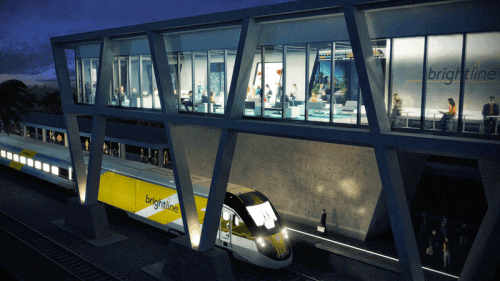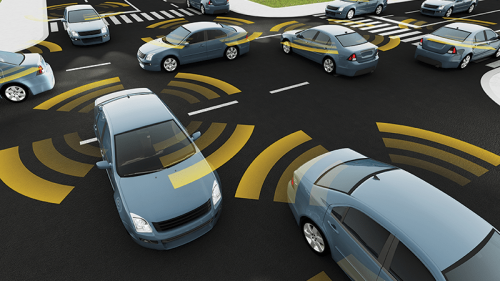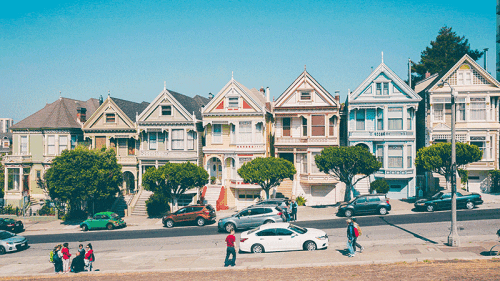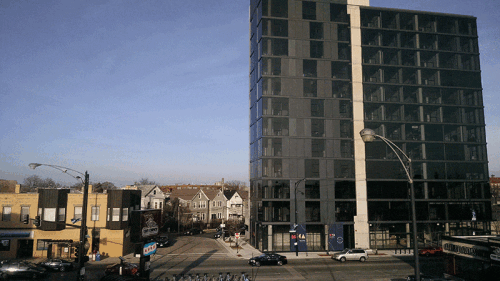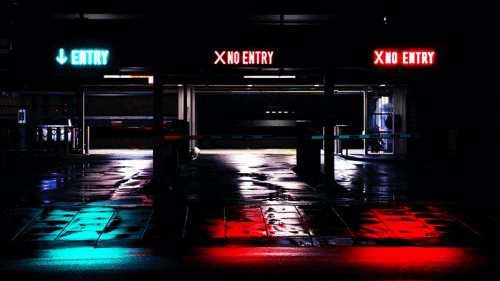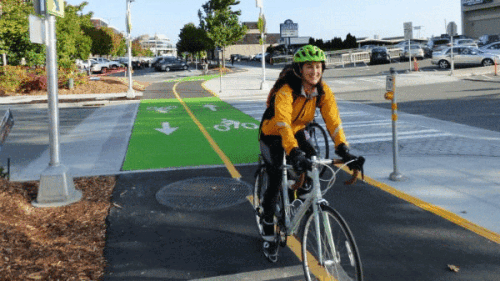Infrastructure
When Sound Transit completes its third phase of expansion in 2041, Greater Seattle will be a region transformed. The $54 billion Sound Transit 3 (ST3) package, approved by voters in November, will bring a total of 116 miles (187 km) of light rail connecting 80 stations in Everett, Seattle, Tacoma, and surrounding suburbs, plus bus rapid transit and more to serve a rapidly growing population. In March, ULI Northwest hosted a panel discussion of development experts focusing on what this transit investment will mean for the region.
The Brightline, set to begin service this July, has prompted a unique opportunity within southeast Florida for transit-oriented development projects, as the privately funded rail service will connect Miami, Fort Lauderdale, and West Palm Beach.
Autonomous private vehicles could boost sprawl and the number of miles traveled. Autonomous rapid transit promises a much better payoff.
Leaders in transforming San Diego into a smarter city came together in February at a ULI San Diego/Tijuana breakfast program to discuss strides the city has made, what is coming next, and the need to get public buy-in for deploying technologies needed to advance the city’s Climate Action Plan goals, improve quality of life all residents, and accommodate future growth.
Last December, car-sharing giant Uber abruptly loaded its prototype autonomous cars onto a trailer and moved its program from California to Arizona after a dispute with state regulators. If nothing else, the potential conflict over autonomous vehicles in California is a reminder that many complicated hurdles need to be cleared before the much-discussed takeover of autonomous cars. Communities and legislators are wrestling with the realities of regulating and creating infrastructure, even though it remains unclear what role driverless vehicles will play in future mobility.
The significant, lasting impact that driverless technology will have on land use and urban development was the topic of a thought-provoking discussion at ULI’s recent Midwinter Meeting, held at ULI headquarters in Washington, D.C., and attended by the Institute’s global trustees.
At a recent ULI Chicago event, speakers addressed the disruptive technologies that are having an impact on today’s lifestyles and shaping our vision of the future city. What is a reasonable projection of the near future in real estate, and which investments will enable the industry to profit and cities to prosper? Panelists asked whether current trends are pointing us toward a leisure city, a green city, a dystopia, or something in between.
A new study of TOD and parking, Empty Spaces, which focused on five case studies and was released by Smart Growth America in partnership with the University of Utah’s College of Architecture and Planning, found that even some of the top TOD projects in the United States had built too much parking.
Even Amsterdam’s fairly modern sewage system and the ubiquitous canals and rivers are not likely to withstand the kind of intense rainfall Europe has recently experienced. Expanding the existing infrastructure to process ever-larger amounts of water is also not viable. The ultimate solution lies in a variety of measures ranging from very small ones, such as individuals putting water tanks in gardens, to larger projects like installing permeable surfaces in public spaces.
Seattle’s Westlake Avenue bikeway was named America’s best new bike lane of 2016 last month by People for Bikes, an industry coalition of bicycling suppliers and retailers, as well as a charitable foundation. What makes the $3.6 million project notably effective is that it takes advantage of the flat topography close to Lake Union which is beneficial to cycling while also connecting an existing network of trails to a desirable destination.


